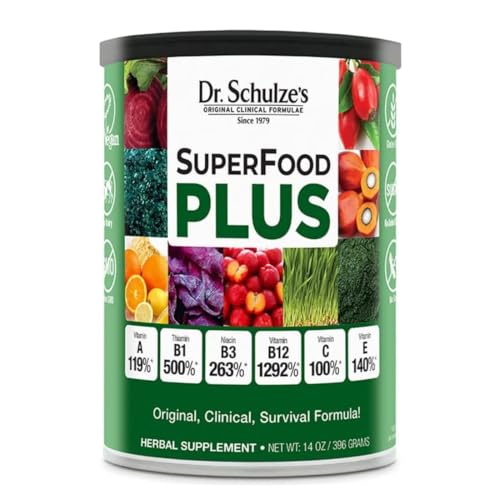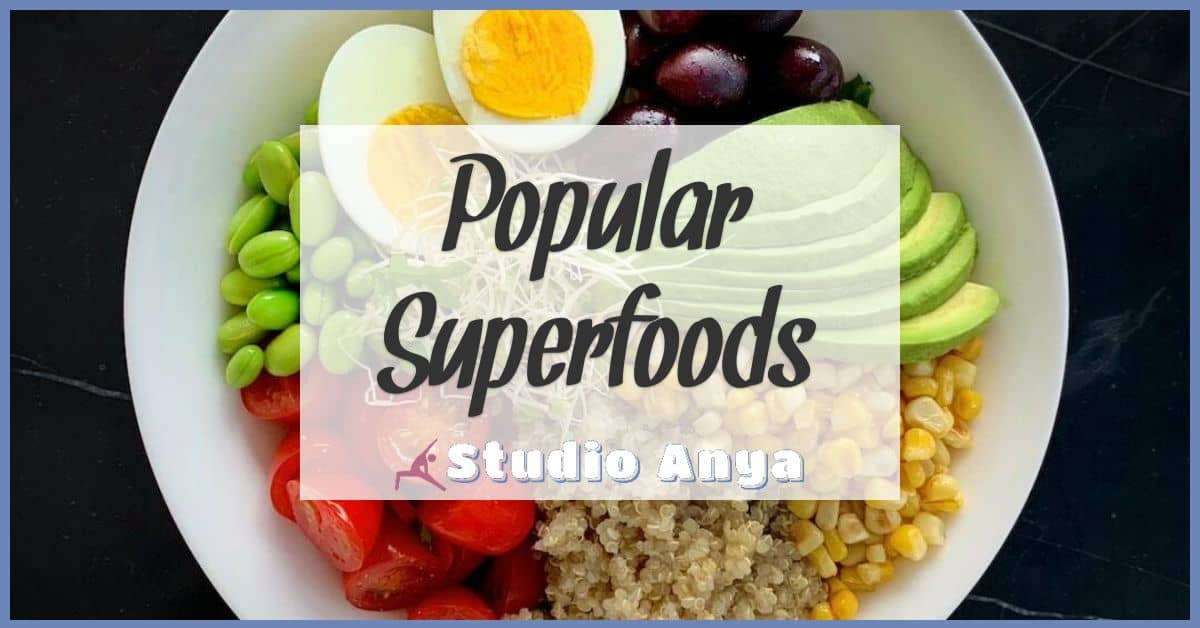When it comes to nutrition, protein is often hailed as a superstar. It’s essential for building muscle, repairing tissues, and keeping our energy levels in check. But did you know that not all proteins are created equal? Combining different sources of protein can unlock a treasure trove of benefits that can elevate your health and fitness game.
Understanding Protein Types
Protein plays a crucial role in maintaining overall wellness, especially for those focused on yoga, meditation, and healthy eating. It’s essential to recognize different protein types and their unique benefits.
Animal-Based Proteins
Animal-based proteins offer complete amino acid profiles, which enhance muscle recovery and repair tissues effectively. Examples include lean meats like chicken and turkey, fatty fish such as salmon and mackerel, and dairy products like yogurt and cheese. These sources not only boost protein intake but also provide important nutrients like omega-3 fatty acids, vitamin B12, and creatine. Incorporating a balance of these proteins supports an active lifestyle and aids in maintaining energy levels throughout the day.
Plant-Based Proteins
Plant-based proteins are an excellent choice for those who prefer a vegetarian or vegan lifestyle. Options like lentils, chickpeas, quinoa, and nuts deliver essential amino acids, fiber, and antioxidants. Combining different plant sources, such as rice with beans or hummus with whole-grain pita, enhances protein quality. Incorporating varied plant proteins promotes digestion and supports overall health while aligning with mindful and sustainable eating practices.
Benefits of Combining Proteins
Combining different protein sources offers unique health benefits that align perfectly with a balanced lifestyle. I focus on how these combinations can support our wellness journey through yoga, meditation, and mindful eating.
Improved Amino Acid Profile
Combining proteins from various sources improves the amino acid profile of meals. Plant proteins, like beans and rice, together create a complete protein that contains all essential amino acids. For example, legumes lack methionine, while grains lack lysine. Together, they provide a rich source of nutrients. Choosing a mix of animal and plant proteins enhances the absorption of these amino acids. With each meal, I focus on balance, ensuring I include complementary sources to maximize nutritional benefits.
Enhanced Muscle Recovery
Combining proteins accelerates muscle recovery after yoga or exercise sessions. Research shows that consuming a blend of whey protein and casein can promote faster recovery by supplying amino acids at different rates. Incorporating plant-based options like quinoa provides additional fiber and antioxidants, which support the body’s recovery process. When I teach my clients about nutrition, I emphasize the importance of protein combinations to reduce muscle soreness and to rebuild tissue more effectively.
Best Combinations of Proteins
Combining different protein sources offers numerous benefits, particularly for those committed to a healthy lifestyle. I often emphasize the importance of creating balanced meals that nourish the body and enhance overall wellness. Here are some effective protein combinations to consider.
Legumes and Grains
I love pairing legumes and grains for a complete protein source. Legumes like lentils, chickpeas, and black beans provide essential amino acids, while grains like brown rice, quinoa, or whole wheat bread complement these profiles. For instance, mixing beans and brown rice creates a full amino acid profile that supports muscle recovery and overall health. This combination not only enhances protein quality but also adds fiber and essential nutrients to meals, making them satisfying and energizing—perfect for fueling a yoga session or meditation practice.
Dairy and Nuts
Combining dairy products with nuts creates a protein-rich snack that supports both health and fitness goals. Greek yogurt mixed with almonds or walnuts offers a creamy, satisfying treat. I often recommend this combination for its excellent balance of protein, healthy fats, and probiotics. Greek yogurt provides calcium and gut health benefits, while nuts contribute omega-3 fatty acids and vitamin E. This duo can be a great post-workout snack that aids in muscle recovery and gives an energy boost before a class, enhancing performance during yoga or meditation sessions.
Practical Tips for Combining Proteins
Combining proteins in meals maximizes their health benefits and aligns perfectly with my passion for a balanced lifestyle through yoga and meditation. Here are some practical tips to help you create nutritious protein-rich meals.
Meal Planning Ideas
- Breakfast Smoothies: Mix Greek yogurt with a banana and a tablespoon of peanut butter. This combination boosts protein intake and adds healthy fats, keeping you full till lunch.
- Quinoa Bowls: Create a base of quinoa, then top it with black beans, diced bell peppers, and avocado. This combination provides complete protein, fiber, and essential nutrients.
- Veggie Stir-Fry: Stir-fry tofu with a mix of vegetables like broccoli, carrots, and snap peas. Serve with brown rice for a satisfying meal rich in protein and antioxidants.
- Chickpea Salad: Combine chickpeas with diced cucumbers, tomatoes, and feta cheese. Drizzle with olive oil and lemon for a refreshing and protein-packed lunch.
- Nutty Oatmeal: Prepare oatmeal with almond milk, then mix in walnuts and chia seeds. This combination expands your protein intake and adds omega-3 fatty acids.
Cooking Techniques
- Baking: Bake chickpeas with spices for a crunchy snack. This enhances flavor while adding protein to your diet.
- Grilling: Grill chicken or tempeh alongside seasonal vegetables. Grilling retains nutrients while creating delicious meals that are easy to prepare.
- Blending: Blend proteins into sauces or soups, like adding hemp seeds to tomato sauce or nut butter in smoothies. Blending makes it easier to incorporate protein-rich foods.
- Batch Cooking: Cook large portions of lentils and grains to use throughout the week. This saves time and ensures you have ready-to-go protein options.
- Steaming: Steam vegetables with edamame for a side dish that packs protein. Steaming keeps nutrients intact while providing an easy cooking method.
Conclusion
Finding the right balance of protein sources can truly elevate my meals and overall health. By mixing different proteins I not only enhance the nutritional value but also make my meals more enjoyable and satisfying.
Whether I’m blending plant-based options or pairing them with animal proteins, the possibilities are endless. It’s all about creativity in the kitchen and being mindful of what fuels my body.
As I explore these combinations I’m excited to discover new flavors and benefits that come with them. Here’s to tasty meals that support my fitness goals and nourish my body!







